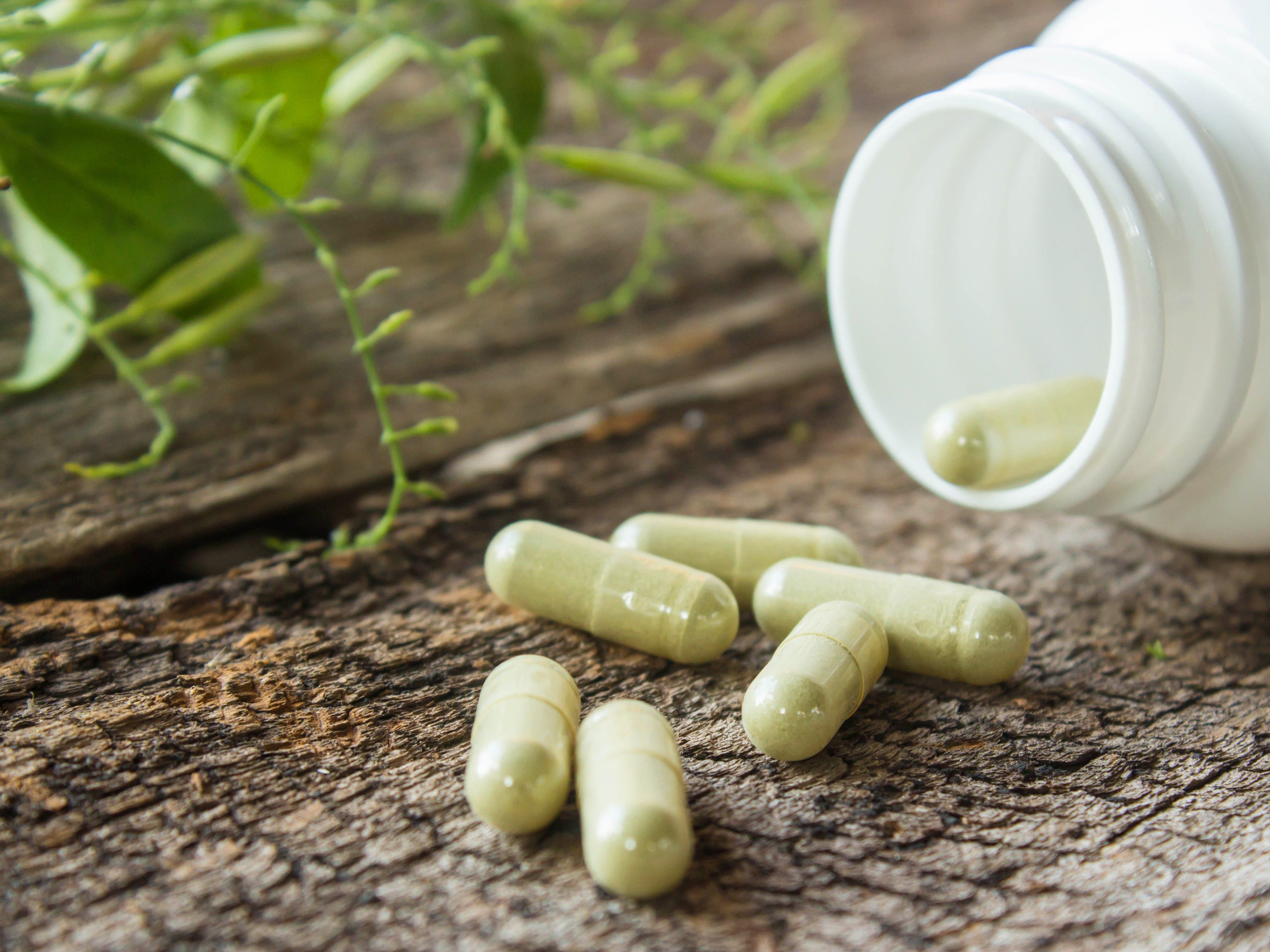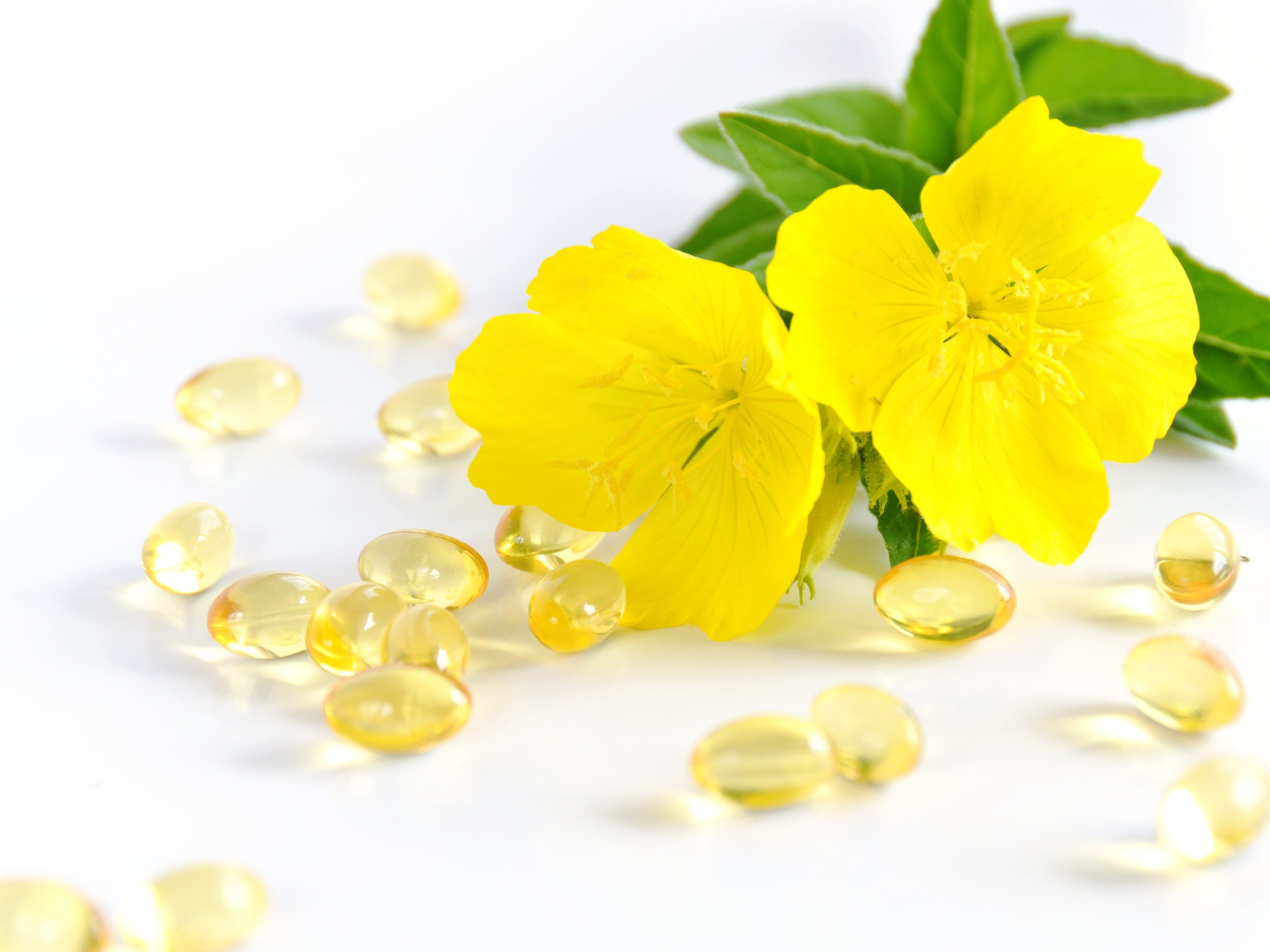
1. Chromium
The second best-selling mineral supplement (after calcium), chromium has been hyped as a fat burner, muscle builder, treatment for diabetes and a weapon against heart disease. Although research has shown that this mineral is essential for growth and health, its more spectacular claims remain controversial.
What is chromium?
Chromium, a trace mineral, comes in several forms. Supplements usually contain chromium picolinate or chromium polynicotinate. Chromium supplements can help people who don’t get enough of this trace mineral in their diet.
Chromium is found in whole grains, wholegrain breads and cereals, potatoes, prunes, peanut butter, nuts, seafood and brewer’s yeast. Low-fat diets tend to have a higher chromium content than high-fat ones.
An adequate intake is 35 micrograms per day for men and 25 micrograms per day for women.
What does chromium do?
Chromium helps the body use insulin, a hormone that transfers blood sugar (glucose) to the cells, where it is burned as fuel. With enough chromium, the body can use insulin efficiently and maintain normal blood sugar levels. Chromium also helps the body to break down protein and fat.
Getting sufficient chromium may prevent diabetes in people with insulin resistance. This disorder makes the body less sensitive to the effects of insulin, so the pancreas has to produce more of it to keep blood sugar levels in check.
When the pancreas can no longer keep up with the body’s demand for extra insulin, type 2 diabetes develops. Chromium may help avert this by aiding the body in using insulin more effectively in the first place.
Chromium may also help break down fats, so it may increase HDL (“good”) and reduce LDL (“bad”) cholesterol levels, lowering the risk of heart disease. The evidence for this is conflicting.
Benefits of chromium
Chromium may relieve headaches, irritability and other symptoms of low blood sugar (hypoglycaemia) by keeping blood sugar levels from dropping below normal. In people with diabetes, it may help control blood sugar levels.
How to take chromium
* Chromium is available as a liquid and tablet.
* For adults 18 years or older: 20 to 35 micrograms a day prevents deficiency; 50 to 200 micrograms a day or more is used therapeutically; doses of up to 1000 micrograms a day are used to treat diabetes.

2. Evening primrose
Native Americans valued the indigenous evening primrose plant and its root for its healing powers. Today, scientific research is focused largely on the therapeutic effect of the oil derived from the seeds of the plant. It contains a special fat called gamma-linolenic acid (GLA), which is an essential fatty acid that is converted in the body to chemical messengers called prostaglandins.
What is evening primrose?
The plant and its root have long been used for medicinal purposes-to treat bruises, haemorrhoids, sore throat and stomach-aches. The use of its seed oil, which contains gamma-linolenic acid (GLA), is relatively recent. GLA is an essential fatty acid that the body converts to hormone-like compounds called prostaglandins, which regulate a number of bodily functions.
Although the body can make GLA from other types of fat you consume, there is no one food that has appreciable amounts of GLA in it. Evening primrose oil provides a concentrated source: 7 to 10 percent of its fatty acids are in the form of GLA. Most of the studies investigating the effects of GLA have used evening primrose oil, and for this reason it is the preferred source of GLA.
What does evening primrose do?
The body produces several types of prostaglandins; some promote inflammation while others control it. The GLA in evening primrose oil is directly converted to important anti-inflammatory prostaglandins, which accounts for most of the supplement’s therapeutic effects. This may explain its effectiveness in reducing the symptoms of rheumatoid arthritis, allowing people to decrease or stop treatment with non-steroidal anti-inflammatory drugs (NSAIDs).
In addition, GLA is an important component of all cell membranes. Small studies have suggested it may help lower blood pressure.
Benefits of evening primrose
In people who have diabetes, the GLA in evening primrose oil has been shown to help prevent nerve damage (neuropathy), a common complication of the disease. In a study of people with mild diabetic neuropathy, one year of treatment with GLA reduced numbness and tingling and other symptoms of the disorder better than a placebo, suggesting that evening primrose may be of value in reversing neuropathy.
How to take evening primrose
* Evening primrose is available in capsule, oil and softgel forms.
* For precise doses, consult your health-care practitioner. For diabetes, 5 to 28 grams of evening primrose oil a day (0.5-2.8 grams GLA) are advised.
* Dividing the daily dose into smaller doses may reduce the risk of stomach upset.
* Many experts recommend buying evening primrose oil that contains a small amount of vitamin E. The fatty acids in evening primrose oil break down quickly and vitamin E slows this process.
* Take evening primrose oil with meals to enhance the compound’s absorption and lessen the likelihood of stomach upset as a side effect.

3. Gymnema
The leaf of the gymnema plant, which has been used in India to treat diabetes for more than 2000 years, has now become a popular natural product outside India for the management of blood sugar levels in individuals with diabetes.
What is gymnema?
Gymnema is a woody, climbing plant native to India. The leaves are the part used most often medicinally, but the stem is believed also to possess some therapeutic value. The leaves have been used in India for more than 2000 years to treat madhu meha, or “honey urine” (diabetes). It has been used alone and as a component of the ayurvedic medicinal compound Tribang shila. Traditional healers observed that chewing the leaves of gymnema temporarily diminishes the ability to discriminate sweet tastes. This, together with the herb’s ability to decrease blood sugar levels, may have prompted the Hindi name gurmar, or “sugar destroyer.” Gymnema has a long history of use in individuals with diabetes.
What does gymnema do?
At least two human studies (albeit small ones) and several animal studies suggest that gymnema can lower blood sugar levels in either type 1 (juvenile onset, insulin dependent) or type 2 (maturity onset, non-insulin dependent) diabetes. Laboratory research suggests gymnema could do this through a variety of different mechanisms, including reducing the amount of sugar absorbed by the intestinal tract into the bloodstream, increasing glucose uptake from the bloodstream into cells, stimulating the pancreas to release insulin and even increasing the number of insulin-secreting beta cells in the pancreas. All this could help return blood sugar levels to near normal. However, bigger studies are needed to confirm its effectiveness and determine safety and dosing.
How to take gymnema
* Gymnema is available as a liquid extract, dried herb, tablet and capsule.
* Liquid extract (1:1): to help treat diabetes, take 3.6 to 11.0 millilitres a day, divided up and taken with meals under the supervision of your health-care practitioner. To help reduce cravings for sweets, try 1 to 2 millilitres dropped onto the tongue and then rinsed off as frequently as every 2 to 3 hours, as needed.
* Tablets/capsules: follow the manufacturer’s instructions or consult your health-care practitioner. Typical diabetes doses may be 400 to 600 milligrams a day of an extract standardized to contain 24 percent gymnemic acids.
* Dried leaf infusion: 6 to 60 grams a day.
* People allergic to plants in the Asclepiadaceae (milkweed) family should avoid gymnema.
* If you are taking prescription drugs that may lower blood sugar levels or herbs or supplements with similar effects (such as fenugreek, ginger or ginseng), you should exercise caution when using gymnema. If you are taking oral drugs for diabetes or are using insulin, you should be monitored closely by your doctor while using gymnema.
Related features:
6 Vitamins and Supplements to Take After Surgery
5 Things Supplements Won’t Do
What You Should Know Before Taking Biotin Supplements